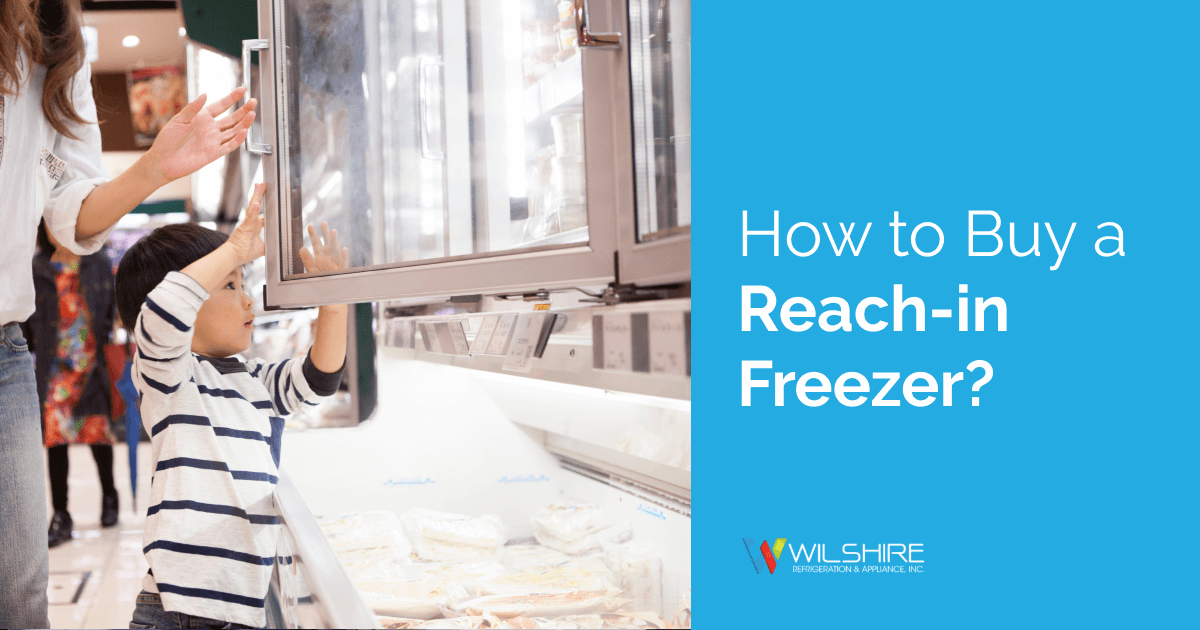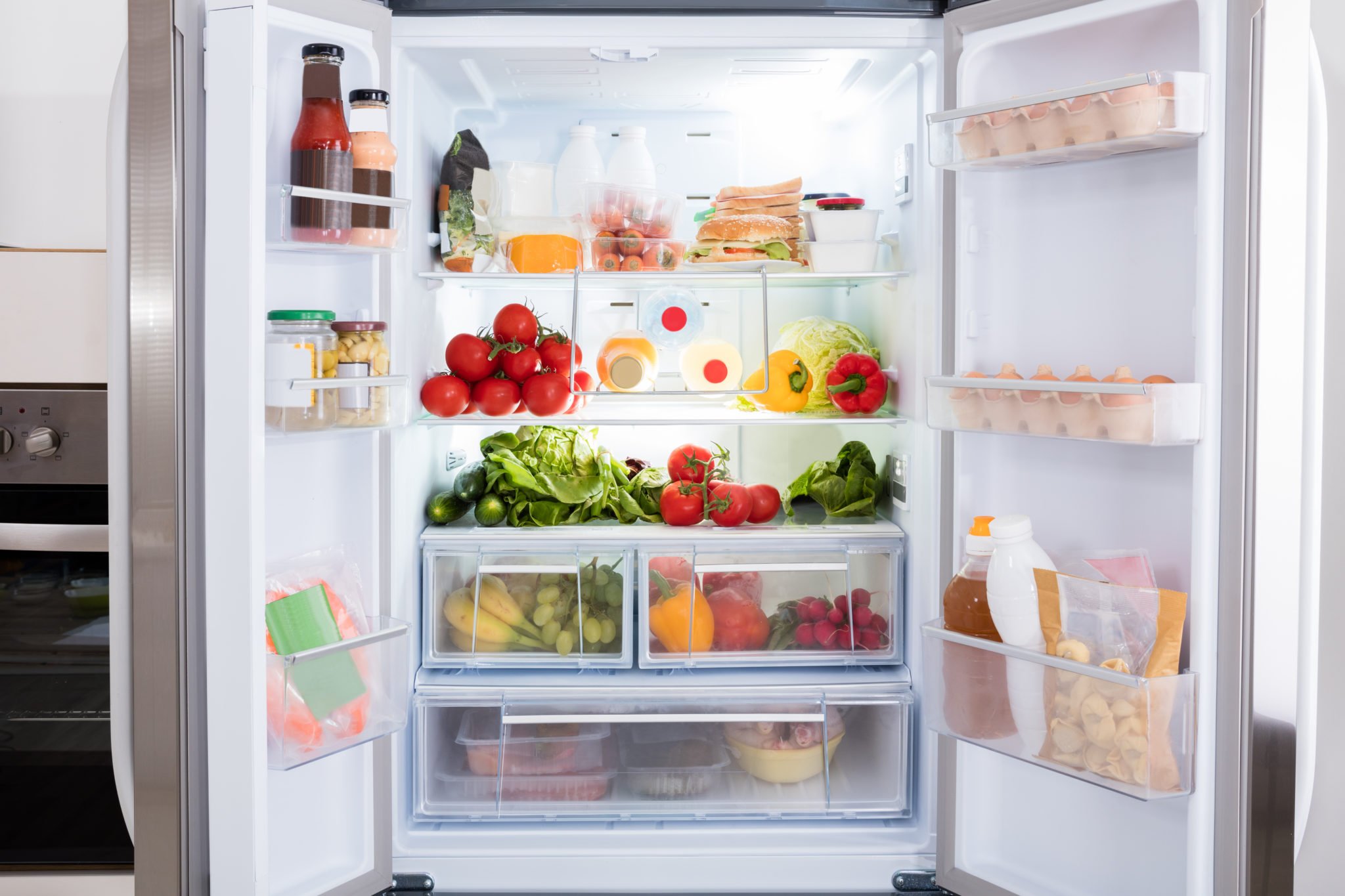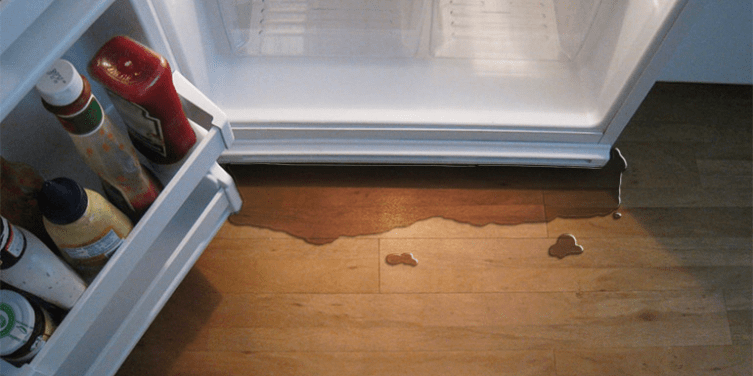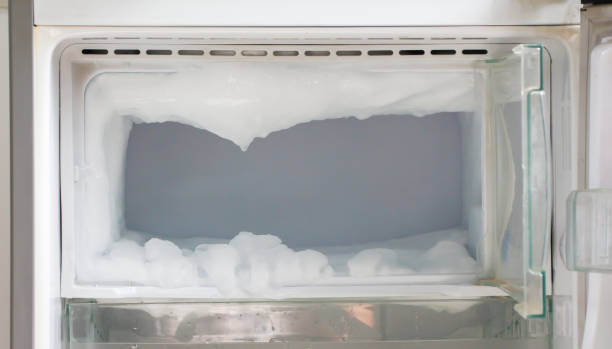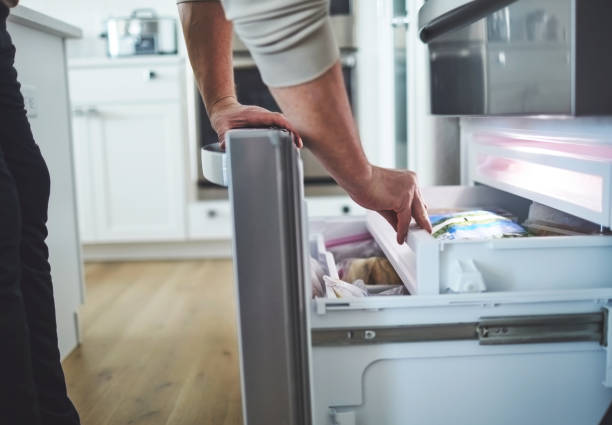A reach-in freezer is typically used in retail, restaurant, and other commercial applications. Often called a chest freezer, it is an important appliance for storing inventory. These freezers often have multiple compartments for storing individual food items, containers, cans, trays, and more. There are many features and options to consider; we’ll walk you through the most important ones to help you purchase the reach-in freezer you need.
Types of Reach-In Freezers
The first consideration should be the type of appliance most suited for your business. To meet demand, the unit must be the right size. Some models have just a few shelves while others have different compartments to store items such as meats, breads, ice cream, etc. The main types of freezers you’ll find include:
- Single-Door Reach-In Freezers: Have room for produce, meats, and garnishes and offer fast access, yet may require frequent restocking depending on how fast you run through your inventory.
- Multi-Door Reach-In Freezers: Ideal for storing items in bulk. You can store a week’s worth of meat, fish, produce, dressings, and sauces. This larger option can reduce prep times since fewer trips to other frozen storage are required.
- Roll-In Refrigerators/Freezers: Feature an empty cavity for roll-in racks; food can be rolled into the unit after preparation, saving time. This is a great option for preparing food in advance, while having the opportunity to keep it fresh.
- Walk-In Freezers: Storage for bulk ingredients, meat, poultry, fish, or produce, to name a few, at a convenient location for receiving deliveries. If your kitchen has a large stock of fresh/frozen items, a walk-in freezer is a good investment.
- Pass-Through Freezers: Accessible from both sides, these units accommodate high volumes, so are well-suited for buffets, school cafeterias, and healthcare facilities. They’re usually placed between service and stocking stations and kitchen prep areas.
- Undercounter Units: These are convenient reach-in freezers that fit underneath your counters, which is great if you have limited space. You can store frequently used ingredients and have quick access to them in, for example, a sandwich shop or pizzeria.
Freezer Doors
The location of doorways, entrances, and aisles in your kitchen help determine the type of unit to get. Reach-in freezers may have swing doors that can remain open for making loading/unloading inventory easy. These might not be suited for tight spaces. Half doors are those split into two sections; you can open one at a time to save space, maintain internal temperatures, and conserve energy.
Door material is another important factor. Your two primary choices are solid doors, which are insulating, efficient, and easy to clean, and glass doors. If product visibility is your priority, these let you see inside even when the door is closed. The reduced need to open the door helps keep cold air in.
Features
Many features and options are available that can add convenience and flexibility, including:
- Digital Thermostats: Are more accurate and allow more precise monitoring and adjustment. They can make your system less costly to operate and service.
- Removable Gaskets: Gaskets help seal the freezer door so cold air stays inside. Depending on the model, the door gasket may be removable for easier cleaning and sanitizing.
- Compressor Location: A bottom-mounted compressor is more effective at pulling in cooler air (which is preferred for hotter locations), while its bottom shelves are positioned higher so they’re easier to reach. Pulling in warmer air, top-mounted compressors are suited for cooler locations, less likely to clog, and take up no storage space.
- Standard Duty or Specification Line System: Many reach-in freezer manufacturers offer standard duty models and specification line systems with more options, advanced temperature controllers, and various other upgrades.
- Temperature Range: Not every freezer has the same temperature capabilities. A freezer with a low-end range of just -10℉ may not be suited for all businesses; some models can go as low as -40℉, giving you more leeway in protecting your bottom line.
- Efficiency: Conserving as much electricity as possible can save on energy bills and the cost of running your facility. The Department of Energy certifies some high-efficiency freezers. Also look for models that have an energy-saving mode to reduce power drain.
- Warranty: A reach-in freezer is an investment, but a good warranty can protect it in case any repair issues come up. When signing off on a warranty, check its terms such as how long it lasts, what types of repairs are covered, or whether it covers replacement or reimbursement.
- Ease of Use: The system should be easy for your staff to use. This saves time and can reduce maintenance costs. Also, the control panel should be generally simple and the defrost pan accessed with little effort.
Contact Wilshire Refrigeration & Appliance
We are factory certified to supply, install, and service state-of-the-art refrigerators and freezer systems. If you’re looking for the highest quality walk-in freezer, our professional technicians will assist you and provide white glove service. To get started, call 800-427-3653 today.

